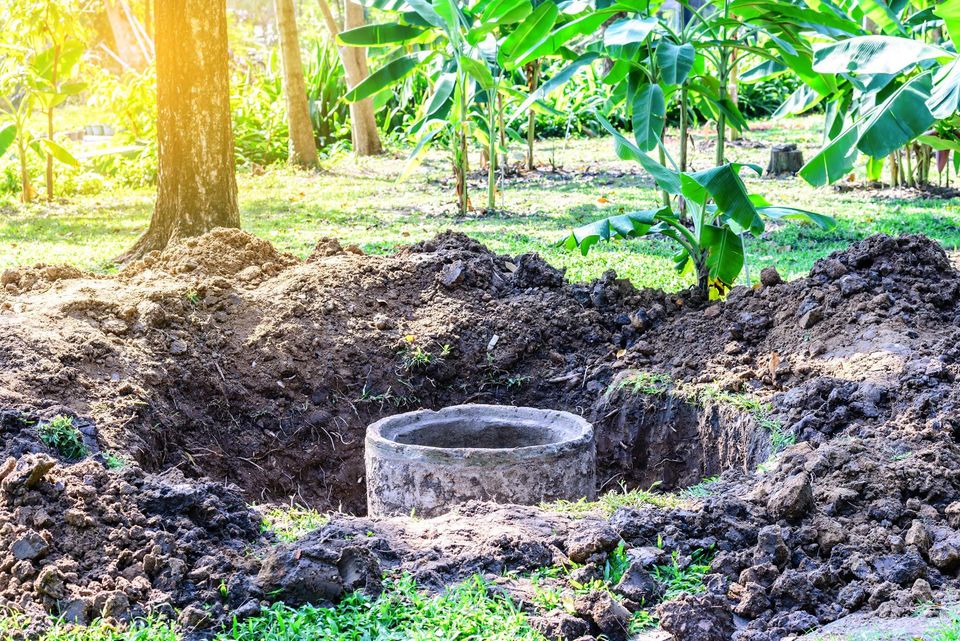Installing a Septic System | Southern Sanitary Systems, Inc
Do you need to install a septic system? If so, you have a lot to think about because this is a major home improvement project. Here is a look at some of the key considerations to keep in mind when you are planning to install a septic system.
What Type of Tank Is Best?
You have the choice of two different types of septic tanks for your system. The first type is a plastic tank, and the second option is a tank made of concrete. Both tanks have various advantages and disadvantages, and it's up to you to determine which one will be best for your specific circumstances.
Plastic
Plastic tanks have the advantage of being relatively lightweight, which makes them easier to install. They also are not vulnerable to corrosion and are resistant to cracking.
A key benefit of plastic tanks is that they are generally less expensive than concrete tanks, so they are a good choice if you are on a budget.
Concrete
Concrete tanks are extremely durable and will usually have a longer lifespan than plastic tanks. They can last as long as 40 years if you maintain them properly. They are more difficult to install than plastic units, and, as a result, the installation will be more expensive in most cases. If your budget permits it, however, concrete tanks are an excellent choice.
How Do You Choose the Correct Tank Size?
If you install a unit that is not the right size for your household, then your septic system could develop problems that may require expensive repairs.
Several factors determine what size tank is best for your property. One of the most important is the number of people living in the house. For example, if six people live in the home, this will create more wastewater than a household of just two or three people.
Another factor related to the number of people in the home is total water usage. This includes the amount of water used by appliances such as washers, the number of showers and baths that are taken daily, and whether the household observes water conservation practices.
Although it's difficult for a homeowner to figure out the right size septic for their system without assistance, don't worry. A professional can consult with you on the matter and help you select a tank that is the best choice for your property.
What Is the Best Location?
After leaving your septic tank, treated waste from your house is directed to a drain field where microbes in the soil break down the waste further and render it harmless. The location of the tank is important, as a bad location could create problems for your system.
Generally, it's best to place the septic tank on high, level ground to avoid any issues with flooding or excessive pooling of water. Do not locate the unit on a steep slope. Also, avoid areas with lots of trees because tree roots can interfere with the pipes that carry the waste to and away from the tank.
Another critical factor in picking a spot for the septic tank is the quality of the soil. Sandy soils are usually best, while dense clay soils or gravelly soils should be avoided. As a rule, you want to avoid soils that either drain slowly or too quickly, as either of these issues can impede the proper functioning of the septic system.
You clearly have some important decisions to make when you are planning to install a septic system on your property. Fortunately, the experienced professionals at Southern Sanitary Systems, Inc, can help you make the right choices. Contact us to learn more.








